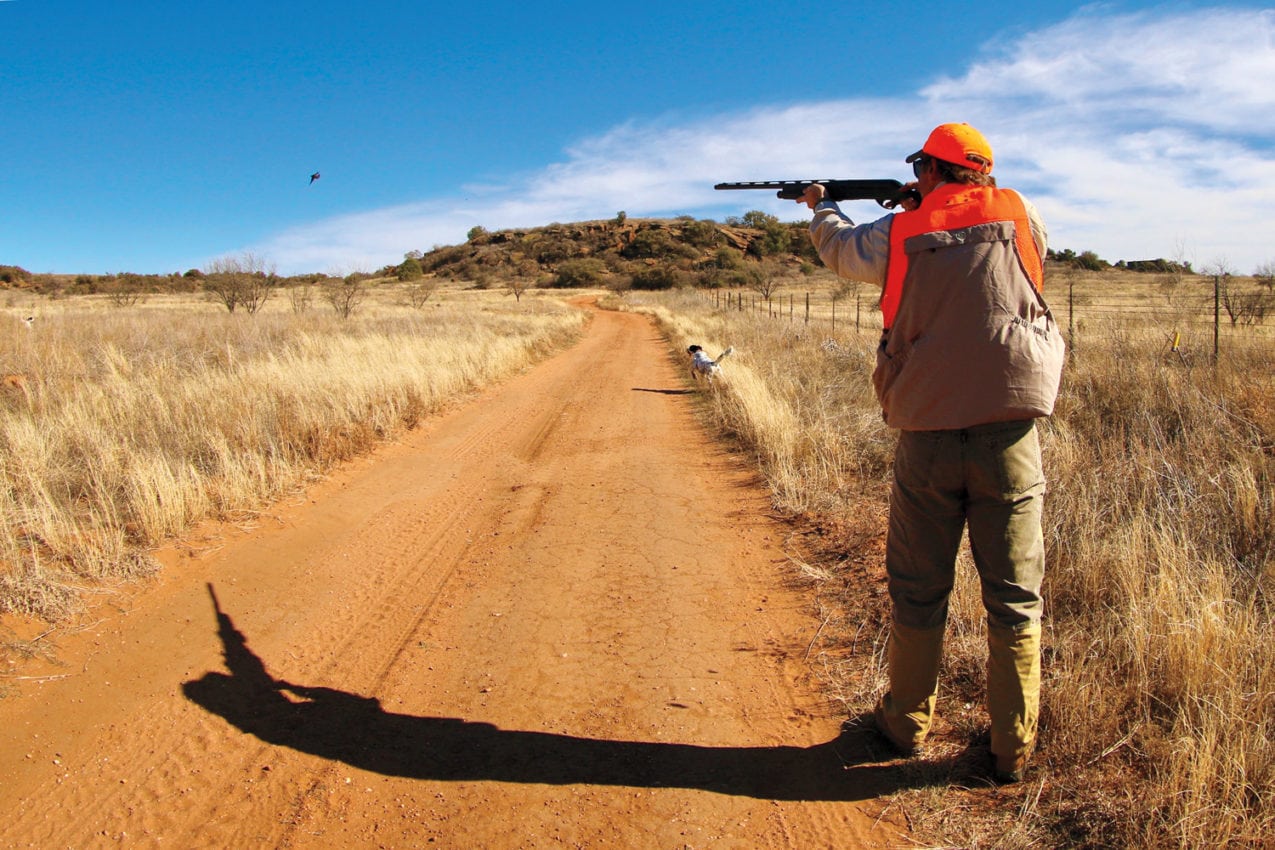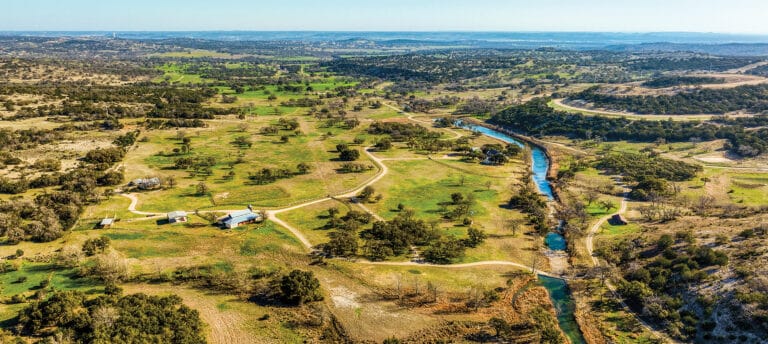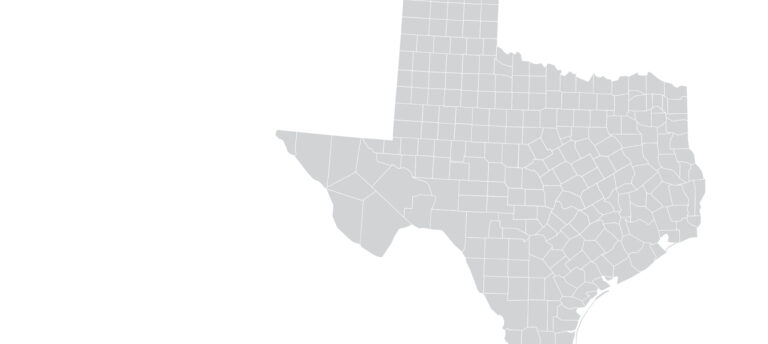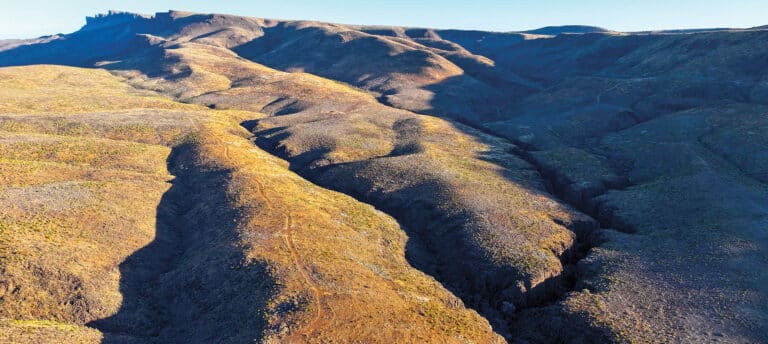I always knew we had bag limits, but as a nine-year-old in a dove field in Knox County, I didn’t understand the reasons that bag limits existed. My shotgun was too long for me at the time, so I had to rest the butt of the gun on the bumper of our 1989 grey-on-grey Suburban just to get a shot off at a fast moving white wing. As I got a little older and did more fishing and hunting on my own, I began to understand more and more how important it was to be mindful of what we were harvesting or catching, reporting it and hoping that others did the same. This conviction led me to seek out relationships with like-minded stewards of the land, livestock, water and wild game.
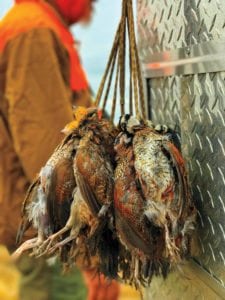
After college, I was very fortunate to be a founding member of the Dallas Chapter of Stewards of the Wild, a Young Professionals group of Texas Parks and Wildlife. We formed largely because we were trying to create and cultivate a younger following of Texas Parks and Wildlife Foundation. After being involved in the group for a few years, we had a great guy named Phil Lamb join us on the board. At the time Lamb joined us, he was working for a large real estate company in Dallas, acting as their in-house counsel. I have no doubt that there are attorneys throughout the city, and probably throughout the state who would do anything they could to have a position like the one Lamb had. It was apparent that he had a similar passion to not just the outdoors, but taking care of and stewarding the resources as best he could.
After knowing each other for a few years, going on some dove hunts and duck hunts together, Phil was pleased to announce to the board that he was making a switch from attorney to taking a full-time position with the Rolling Plains Quail Research Foundation (RPQRF). The Roby-based non-profit’s mission statement is “Preserving Texas’ wild quail hunting heritage for this, and future, generations.” Lamb made the additional comment, ”everything we do centers around quail.” He was asked by a friend of ours named Anne Brown, executive director at Texas Parks and Wildlife Foundation, if he would be interested in changing his career to something slightly more conservation-minded, to which he then became the Director of Development for the RPQRF. His primary role there is to help develop the perpetual growth of the foundation and, of course, raise money.
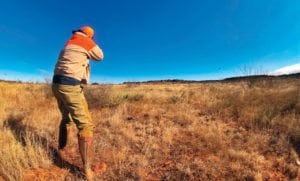
After several months with RPQRF, Lamb truly became all things quail! Before commenting too much more on Lamb, and his work life, let me also mention that he has done an unbelievable job of educating his children in hunting, fishing and other outdoor activities on why they matter and what makes them special. I only hope that I can bless my children someday with the same education and experiences that he has given to his. This education on outdoors, and more specifically quail hunting, that he has shared so wonderfully with his children truly translates over to his work at RPQRF as well. We were discussing the concept of being passionate for the outdoors and hunting, and Phil pointed out to me that “others should be passionate about quail hunting because it is a connection we have with generations of hunters before us who, with the exception of GPS dog collars, hunted the very same way we do. . . it all centers around fellowship, being outside and appreciating the beauty of a hardworking birddog. It makes the harvest of quail almost a bonus.” Through this fellowship, Phil has had some great opportunities to share so many factors about quail that most people don’t know about. If you spend much time with Phil, you’ll hear about habitat loss, predation concerns, food sources, eye worms, drought and the variety of research projects RPQRF is working on. “We try to study all factors that either help and hurt quail, including environment issues, disease and internal factors within the bird itself to determine the roles those factors play in quail populations,” he said. RPQRF’s researchers are focusing on the impacts of parasites on quail. For the time being, it would appear that the greater “Rolling Plains” eco-region of Texas is the epicenter for parasitic eye worms in quail. RPQRF reports they have found in excess of 100 eye worms in a single bobwhite quail (RPQRF solicited quail samples from hunters this past season and received more than 1,000 specimens from across the state). I was surprised to learn that this particular parasite can actually multiply while in the body of the quail, but also glad Phil told me RPQRF and its partners at the Wildlife Toxicology Lab at Texas Tech University and Park Cities Quail are working on a medicated feed to kill those eyeworms and other parasites affecting quail. The feed, called QuailGuard, is under review by the FDA and is expected to be available for sale next year.
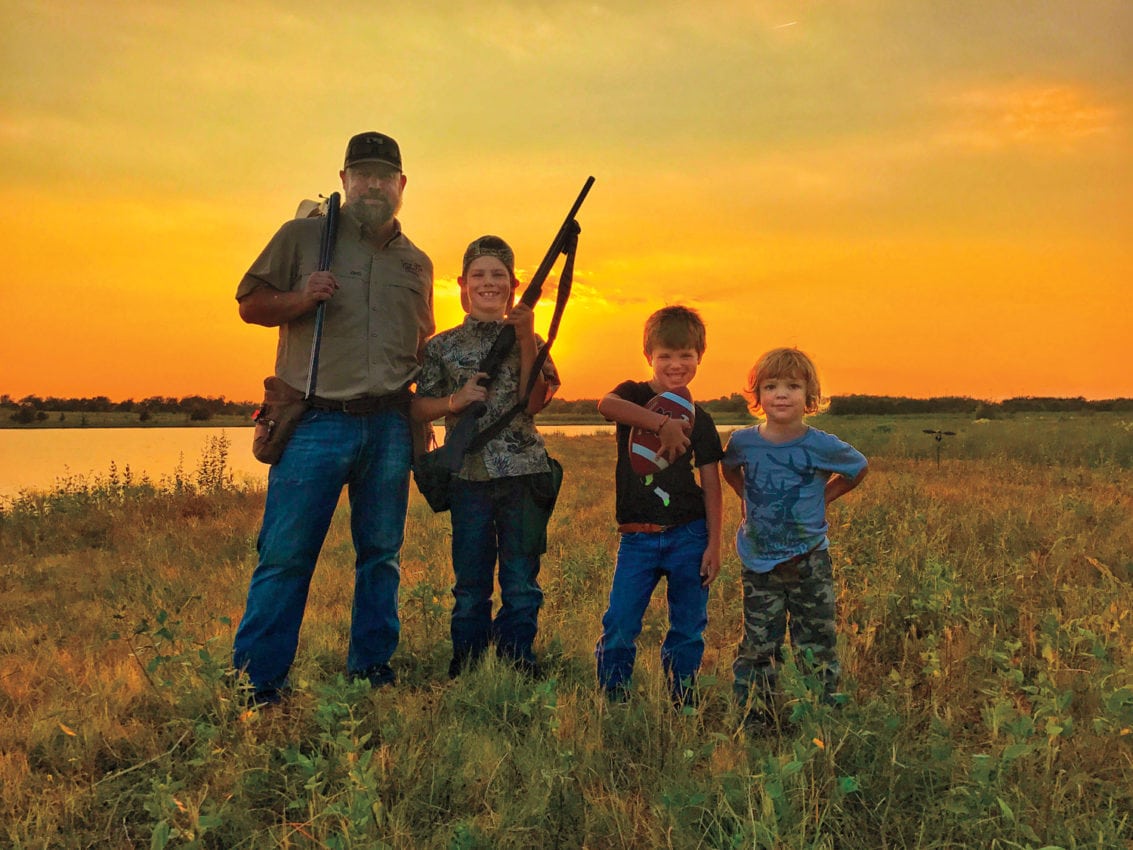
It is amazing to hear Lamb talk in depth about the different factors and how they might be impacting the population. The quail conservationists have a very large data field to evaluate, and the technology to conduct research is evolving constantly, making it less difficult to collect the data and evaluate it. However, there is still a great deal of work to do. Currently, a very small percentage of wildlife conservation dollars in Texas are spent on quail—the majority are spent on whitetail deer.
The topic of quail is an ongoing discussion among hunters and conservationist alike. If you have more questions or interest in the topic of quail, I would encourage reaching out to RPQRF and see what opportunities may exist for you to help out with (www.quailresearch.org). Another great source to reach out to is Texas Parks and Wildlife Foundation, or Texas Parks and Wildlife Department. And don’t forget for the younger (post college) hunting and outdoor enthusiast to check out Stewards of the Wild, as they have some additional resources paralleling TPWF and TPWD to learn about quail so that we can protect the integrity of the species for years to come.
Phil’s Faves
Favorite Place to Eat on the Road
Perini Ranch, Buffalo Gap, Texas
Favorite Shotgun
Rizzini, round body 28-gauge, with an English stock
Favorite Place to Quail Hunt
Shackelford County and Stonewall County
Quail and Quail Research Resources
Phil Lamb | plamb@quailresearch.org
Rolling Plains Quail Research Foundation | quailresearch.org
Texas Parks and Wildlife Foundation | tpwf.org
Stewards of the Wild | stewardsofthewild.com
